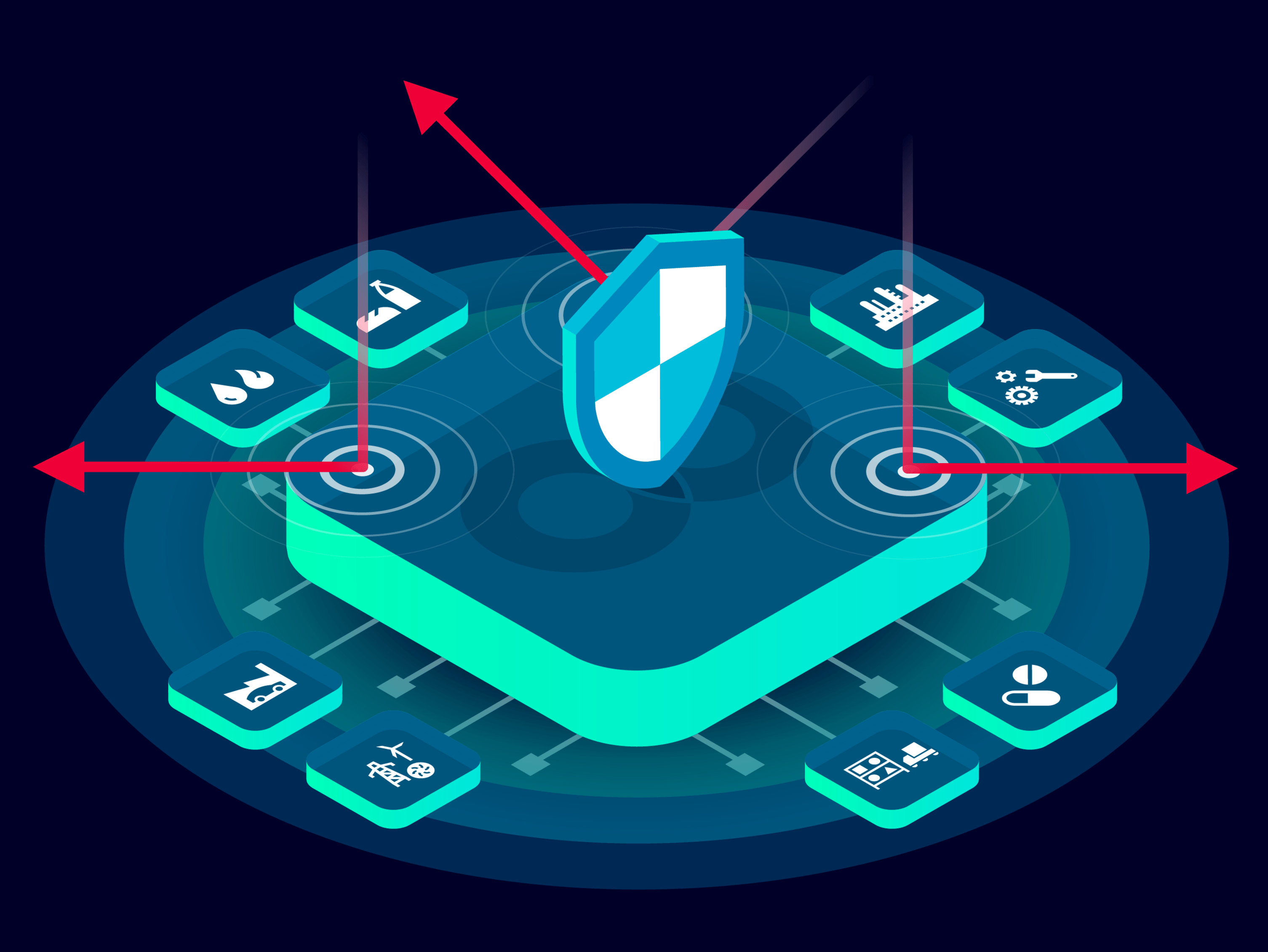Businesses across all industries are facing increasingly sophisticated attacks — from ransomware and phishing to insider threats and zero-day exploits. To stay ahead, organizations are turning to artificial intelligence (AI) to revolutionize their approach to threat detection and response. AI-driven cybersecurity enables faster, smarter, and more proactive defense mechanisms that can adapt in real time.
The Changing Cybersecurity Landscape
Cybercriminals today operate with advanced tools, often using automation, AI, and machine learning themselves to exploit vulnerabilities. Security teams, on the other hand, are frequently overwhelmed by alert fatigue, false positives, and resource limitations. With the sheer volume of data generated by modern IT systems, it’s humanly impossible to analyze every log, anomaly, and packet of information.
AI steps into this gap, offering automation and intelligence that traditional security systems lack. By continuously learning from patterns, behaviors, and threat intelligence feeds, AI transforms cybersecurity from reactive defense to proactive protection.
AI-Powered Threat Detection: Faster and Smarter
Real-Time Anomaly Detection
One of AI's key strengths in cybersecurity lies in its ability to detect anomalies in real time. Traditional systems rely on predefined rules or signatures, which often miss novel or evolving threats. AI, however, uses machine learning algorithms to understand what "normal" activity looks like across networks, users, and devices. When something deviates from that norm — such as a user accessing files at unusual hours or a sudden data exfiltration attempt — the system flags it instantly.
This behavior-based detection model is particularly effective in identifying insider threats or advanced persistent threats (APTs) that evade rule-based filters.
Advanced Pattern Recognition
AI excels at identifying patterns across vast datasets. It can analyze millions of data points from various sources — including endpoint devices, servers, firewalls, and cloud environments — and correlate them to recognize early warning signs of an attack.

For instance, AI can connect low-level events such as login failures, file access attempts, and traffic spikes to uncover coordinated malicious activity. This multilayered detection capability greatly reduces false positives and ensures that real threats receive immediate attention.
Accelerated Incident Response
Automated Triage and Investigation
Time is critical in cybersecurity. Delayed response to threats can lead to significant data breaches, financial loss, and reputational damage. AI streamlines incident response by automating the triage process — categorizing alerts, analyzing severity, and even suggesting remediation steps based on past incidents.
Security analysts no longer need to sift through every alert manually. Instead, AI-powered systems provide context-rich insights, allowing teams to make informed decisions quickly and efficiently.
Threat Containment and Mitigation
Some AI-driven security platforms can go a step further by initiating containment protocols automatically. For example, if an endpoint is compromised, the system can isolate it from the network, revoke user credentials, and alert administrators — all without manual intervention.
This rapid response not only limits the damage but also gives human teams the time to conduct a more thorough investigation and plan longer-term solutions.
Predictive Threat Intelligence
AI doesn't just help with threats that are already underway; it also supports prediction and prevention. By analyzing historical attack data, vulnerability reports, global threat intelligence, and internal system behaviors, AI can forecast where attacks are most likely to occur.
Such predictive analytics enable organizations to strengthen their defenses proactively, patch vulnerabilities before they’re exploited, and allocate security resources to areas with the highest risk.
Enhancing Email and Endpoint Security
AI is making significant strides in email and endpoint protection — two of the most common entry points for attackers.
In email security, AI tools can detect phishing attempts by analyzing sender reputation, writing style, attachments, and embedded URLs. Unlike conventional spam filters, AI continuously adapts to new phishing tactics, reducing the likelihood of a successful attack.

On the endpoint side, AI-powered antivirus solutions go beyond signature-based detection. They monitor behavior patterns, identify abnormal activities, and block malicious processes before they execute, offering deeper and more dynamic protection.
Security Orchestration and Integration
Modern IT environments are complex, spanning on-premises infrastructure, multi-cloud platforms, mobile devices, and IoT endpoints. AI helps unify these systems through security orchestration, integrating threat data from different tools and environments into a single, cohesive response strategy.
This integrated approach not only improves visibility but also allows AI systems to learn across the ecosystem, strengthening their detection and response capabilities over time.
Human-AI Collaboration
AI is not meant to replace cybersecurity professionals but to augment them. By handling repetitive tasks, analyzing vast datasets, and offering real-time insights, AI frees up human analysts to focus on strategic decision-making and high-level threat hunting.
As cyber threats continue to grow in scale and complexity, this collaboration between human expertise and machine intelligence becomes essential for resilient cybersecurity operations.
Future Outlook
The future of cybersecurity lies in adaptive, intelligent systems that can outpace cybercriminals. As AI technologies mature, they will play an even larger role in proactive defense, threat hunting, and incident recovery. Capabilities like natural language processing (NLP), generative AI, and autonomous systems will expand the boundaries of what’s possible in cyber defense.
Companies looking to stay ahead of emerging threats must invest in robust, AI-driven cybersecurity frameworks. One example of innovation in this space is offered by Avenga – Custom Software Development, which provides advanced solutions tailored for cybersecurity needs. Explore more at https://www.avenga.com/cybersecurity/
Embracing AI is no longer optional — it is essential for building a security posture capable of defending against modern, intelligent threats.







